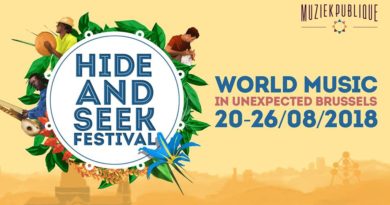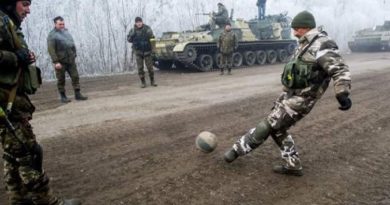Verbano-Cusio-Ossola, the hidden pearl of Piemonte
Piemonte is the second largest region of Italy after Sicily and, true to its name, is a land of mountains. It is surrounded by the Alps, bordering both Switzerland and France. Home to the first capital of the Italian Republic, Piemonte has much to offer. From Turin, the Italian car manufacturing capital – with its history and remarkable cultural heritage, to unspoiled nature, to some of the finest red wines such as Barolo, Barbera and Dolcetto being produces in the region, it offers a 360 degrees experience.
I would, however, like to take you to a less know pearl of Piemonte, which is the province of Verbano-Cusio-Ossola (VCO). Situated in the north eastern strip of the region, on the borders of Switzerland and Lombardy, the VCO is the land of lakes and valleys.
Water is a distinctive trait of this province, which hosts three lakes on its territory: the little Lake Mergozzo, the enchanted Lake Orta with the island of San Giulio and the western bank of Lake Maggiore. Lying in the middle of Lake Maggiore are the Borromean Islands, Pescatori, Madre and Bella, which belong to the aristocratic family Borromeo and create a unique landscape on the banks of Maggiore with historic villas and parks. In Verbania, the capital of VCO and referred to as the “garden of the lake” you can visit the famous Villa Taranto, one of the most renowned and important botanical gardens in Europe. In the valleys of VCO you can also find the the largest wilderness area in Italy – Parco Val Grande.
The valleys, once inhabited by people dedicated to pastoralism and deforestation, today are a reign of wild nature which has been uninhabited for more than forty years. The richness and variety of the vegetation represents one of the greatest attractions of the area. The online platform Distretto Turistico dei Laghi gives an extraordinary overview of the province’s attractions and activities.
The Valley Ossola of VCO is crossed by the river Toce, which allows this area to be one of the most important river basins in Italy producing 2,000 gigawatts of energy using the watercourses. The involvement of local communities in preserving the river fauna is stimulated by many associations such as Wild River (Associazione Pescatori Premosello Wild River), which aim at promoting the repopulation of the watercourses with the maximum respect for the environment.
The river Toce also played a main role in the construction of the Duomo di Milano. The marble used for the construction of the most famous Cathedral of Milan, comes from the quarries at the foot of the Candoglia village, in the municipality of Mergozzo. The marble blocks were transported from Candoglia to Milan by means of the waterways from the river Toce to Lake Maggiore, along the Ticino and the Naviglio Granda canal.
Not only beautiful in nature, Verbano-Cusio-Ossola is also the home of some of the world known manufactures. The famous Moka Bialetti with the little man with a moustache, an object that revolutionised the way of making coffee at home, was indeed born in VCO in 1933. The success story of this affirmed Italian company began in 1919 when Bialetti opened in Crusinallo, in the Province of Verbania. From coffee makers to the world of espresso and pots and pans, the Bialetti brand continues to be a sign of Italian excellence.
Alessi, the designer housewares and kitchen utensils company also has its origins in VCO. Since the company’s foundation in 1921 the majority of Alessi products have been manufactured through the cold working of metals, a tradition that is kept alive today by the skilled workers at the Crusinallo plant in Omegna.
And of course one of the biggest drivers of Verbabese economy is tourism. Picturesque towns of Stresa and Orta offer evocative stays with the baroque architecture of their hotels and their scenic streets.
Whether for work or leisure, this area of 2,255 km² won’t leave you dissapointed.



